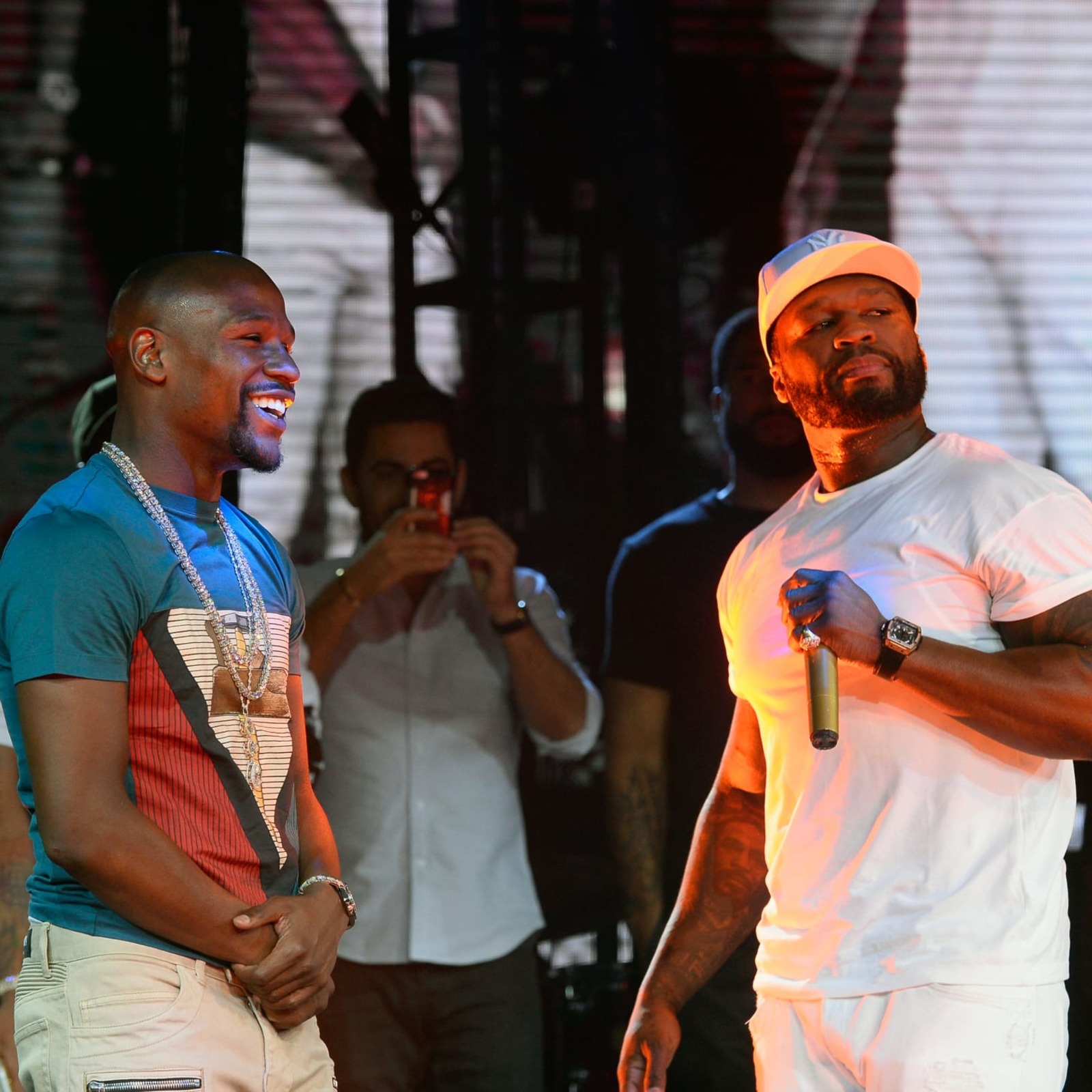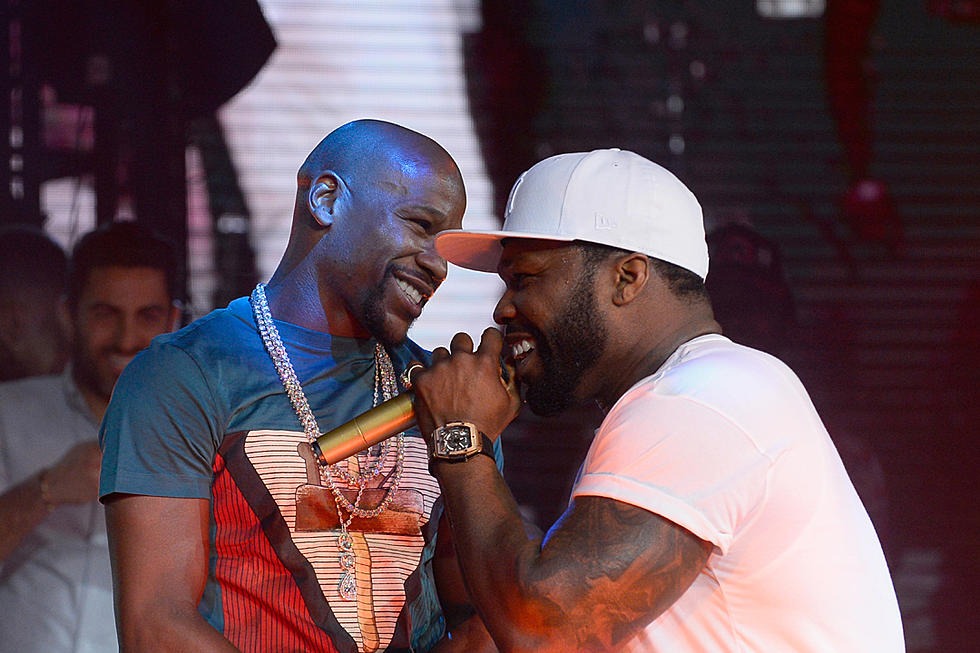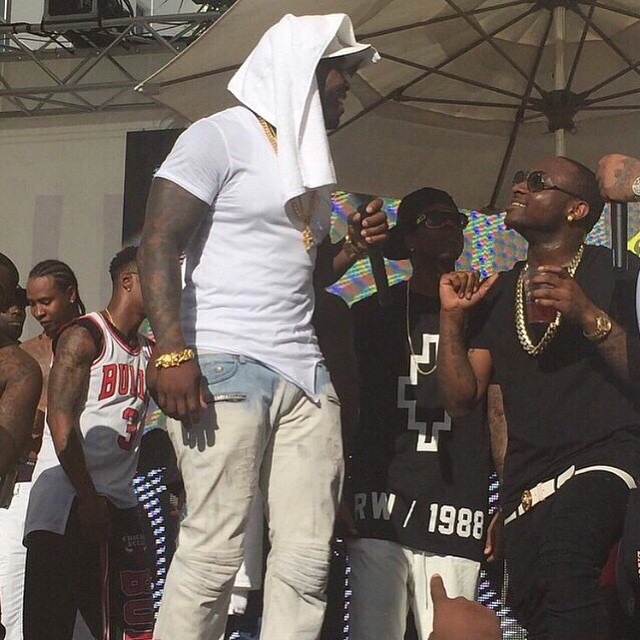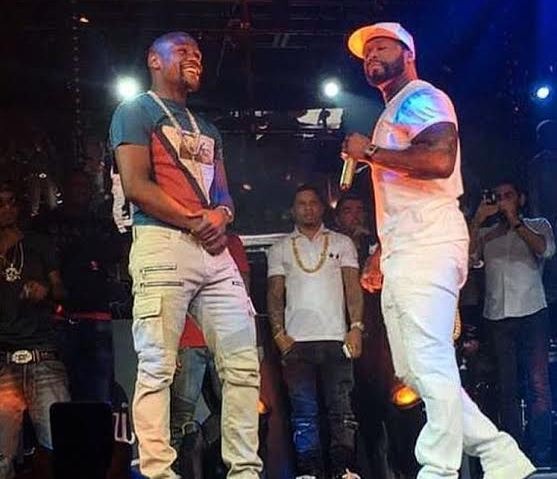
When it comes to iconic tracks that have left an indelible mark on the landscape of hip-hop, 50 Cent’s “In Da Club” undeniably tops the list. Released in 2003 as the lead single from his debut studio album “Get Rich or Die Tryin’,” the song catapulted 50 Cent into global superstardom, becoming an anthem for partygoers around the world. However, beneath its catchy hooks and infectious beat lies an aspect of the track that has seldom been discussed – 50 Cent’s vocal range. In this in-depth analysis, we’ll uncover the untold truth about 50 Cent’s surprising vocal prowess showcased in “In Da Club,” shedding light on an often-overlooked dimension of the song’s success.

Unpacking 50 Cent’s Vocal Range
At first glance, “In Da Club” might not seem like a showcase for vocal versatility. The song’s undeniable allure stems from its compelling rhythm and 50 Cent’s charismatic delivery. Yet, a closer examination reveals that 50 Cent’s vocal range in this track spans from C#3 to G#3, positioning him within the baritone range. This means that his lowest note is C# three octaves below middle C, and his highest note is G# three octaves below middle C. For the uninitiated, this vocal range might seem modest, especially when compared to genres that traditionally emphasize vocal gymnastics. However, the genius of 50 Cent’s vocal execution in “In Da Club” isn’t rooted in the breadth of his range but in how effectively he uses it.

The Original Key and Its Impact
Set in the key of E Major, “In Da Club” presents a relatively easy singing challenge, primarily due to its limited vocal range and repetitive melodies. This choice of key plays a crucial role in the song’s accessibility and universal appeal. By opting for a composition that doesn’t demand extensive vocal variations, 50 Cent ensures that the focus remains on the rhythm and the storytelling – aspects that are central to the song’s identity and appeal. The ease with which listeners can sing along to “In Da Club” has undoubtedly contributed to its enduring popularity.

A Focus on Rhythmic Delivery and Storytelling
One of the most compelling elements of 50 Cent’s performance in “In Da Club” is his prioritization of rhythmic delivery and storytelling over technical vocal prowess. His conversational tone, combined with a focus on clarity and impact, enhances the narrative quality of the lyrics, inviting listeners into a vivid portrayal of celebration and success. This approach aligns perfectly with the overall style of the track, which is more about creating an atmosphere than showcasing vocal agility. It’s this masterful blending of rhythm and narrative that has cemented “In Da Club” as a hip-hop classic.

The Baritone Advantage
While 50 Cent’s vocal range in “In Da Club” may not span octaves, his baritone voice adds a distinct layer of richness and warmth to the track. The baritone range, often characterized by its depth and resonance, is perfectly suited to the song’s vibe, providing a solid foundation for the rhythmic beats and bass lines. This depth ensures that 50 Cent’s vocals cut through the mix, commanding attention without needing to resort to high notes. It’s a testament to the fact that in the realm of hip-hop, the power of a vocal performance can often be found in its subtlety and control rather than in its range.
Conclusion: A New Appreciation
The revelation of 50 Cent’s vocal range in “In Da Club” invites a newfound appreciation for the track. It underscores the importance of understanding the nuances of vocal performance in hip-hop, a genre where the focus is frequently on lyrical content and production quality. By dissecting the vocal elements of this iconic song, we gain insight into the meticulous craftsmanship that underlies its creation, challenging the notion that hip-hop lacks musical complexity. “In Da Club” stands as a prime example of how constraint can breed creativity, with 50 Cent leveraging his baritone range to deliver a performance that is both memorable and impactful.
In the end, the untold truth about 50 Cent’s vocal range in “In Da Club” sheds light on the multifaceted nature of his artistry. Far from being a mere backdrop to the lyrics, his vocal delivery plays a pivotal role in defining the song’s identity and ensuring its place in the annals of hip-hop history. As we continue to celebrate the legacy of “In Da Club,” let us also celebrate the subtle vocal mastery of 50 Cent, a rapper whose influence on the genre extends far beyond his lyrical prowess.










